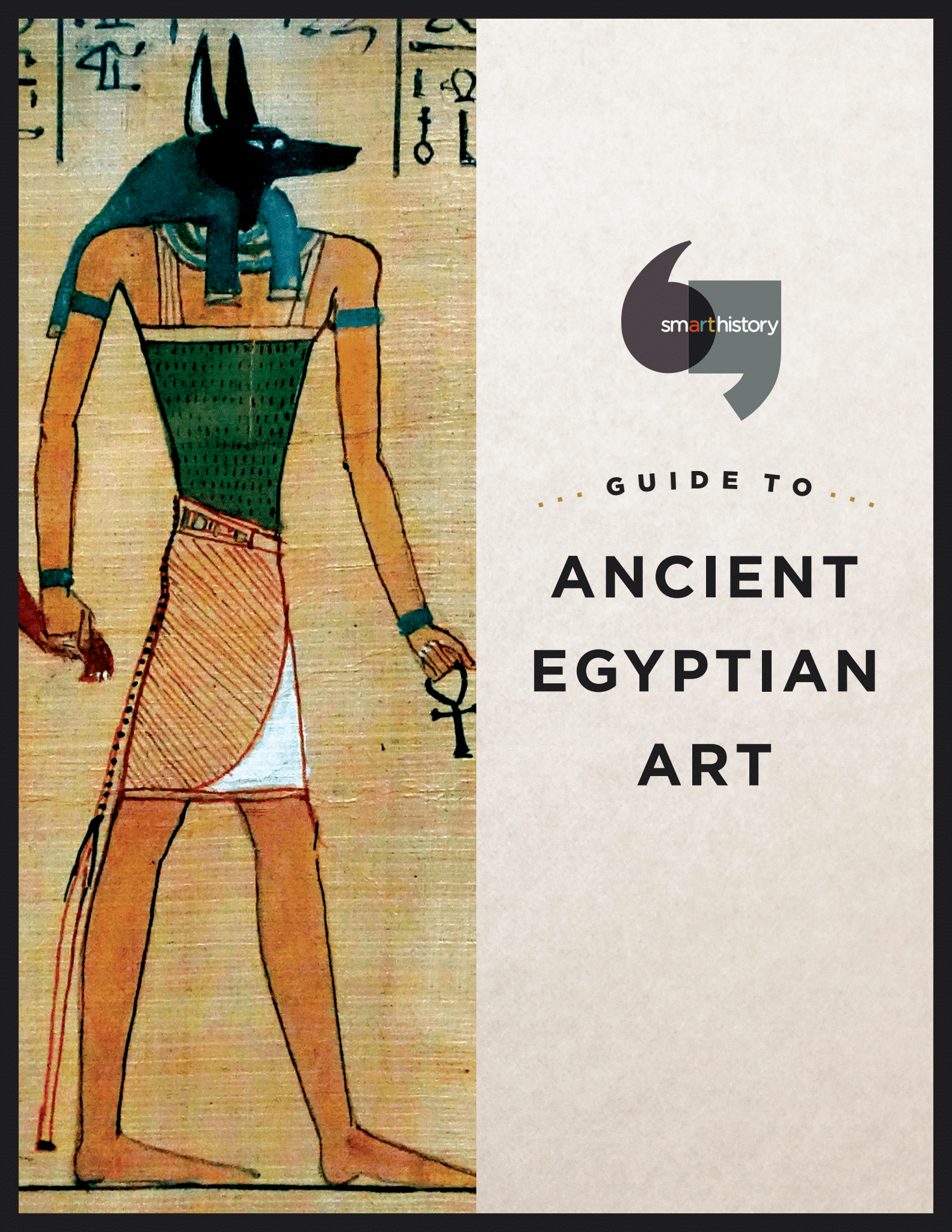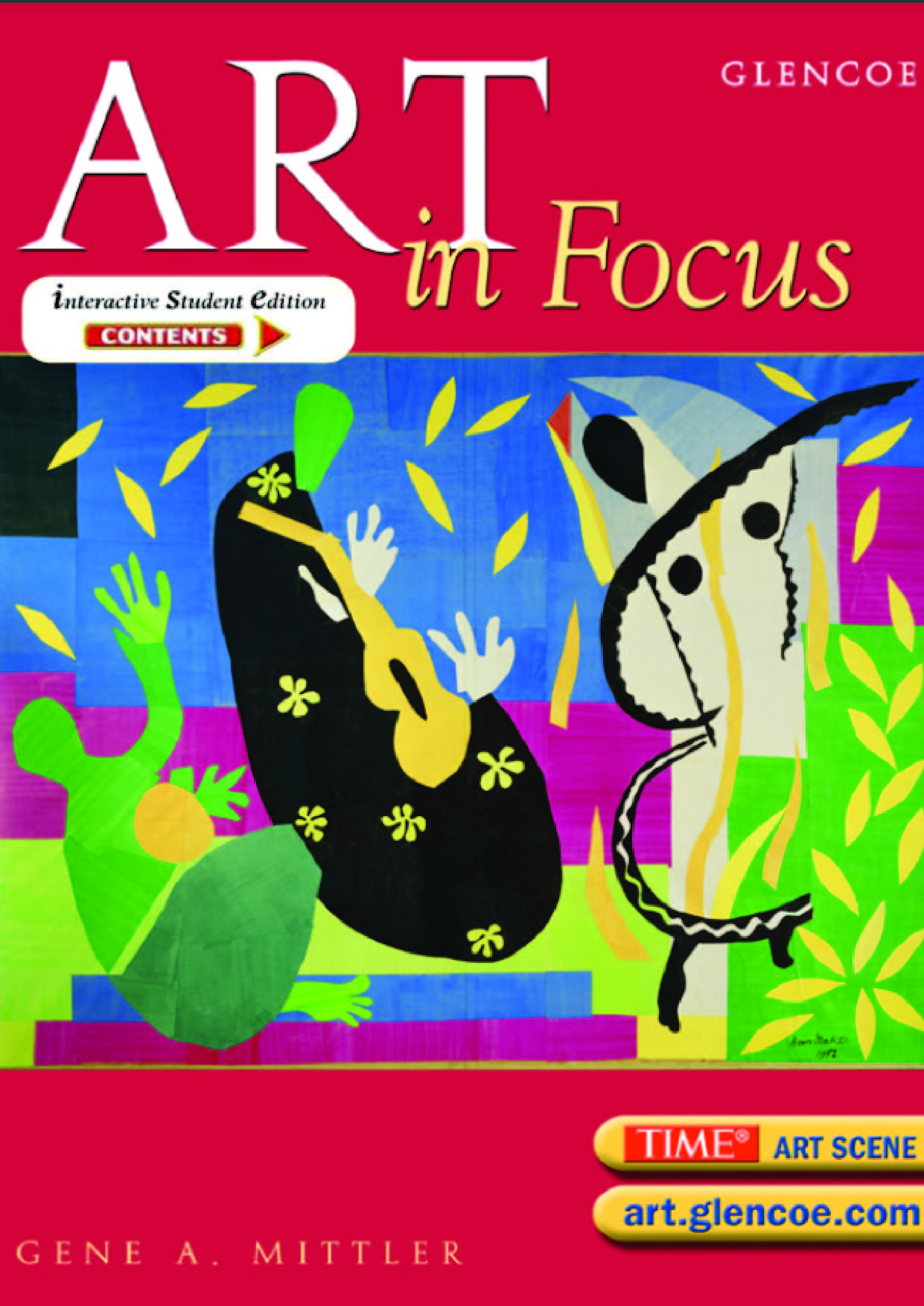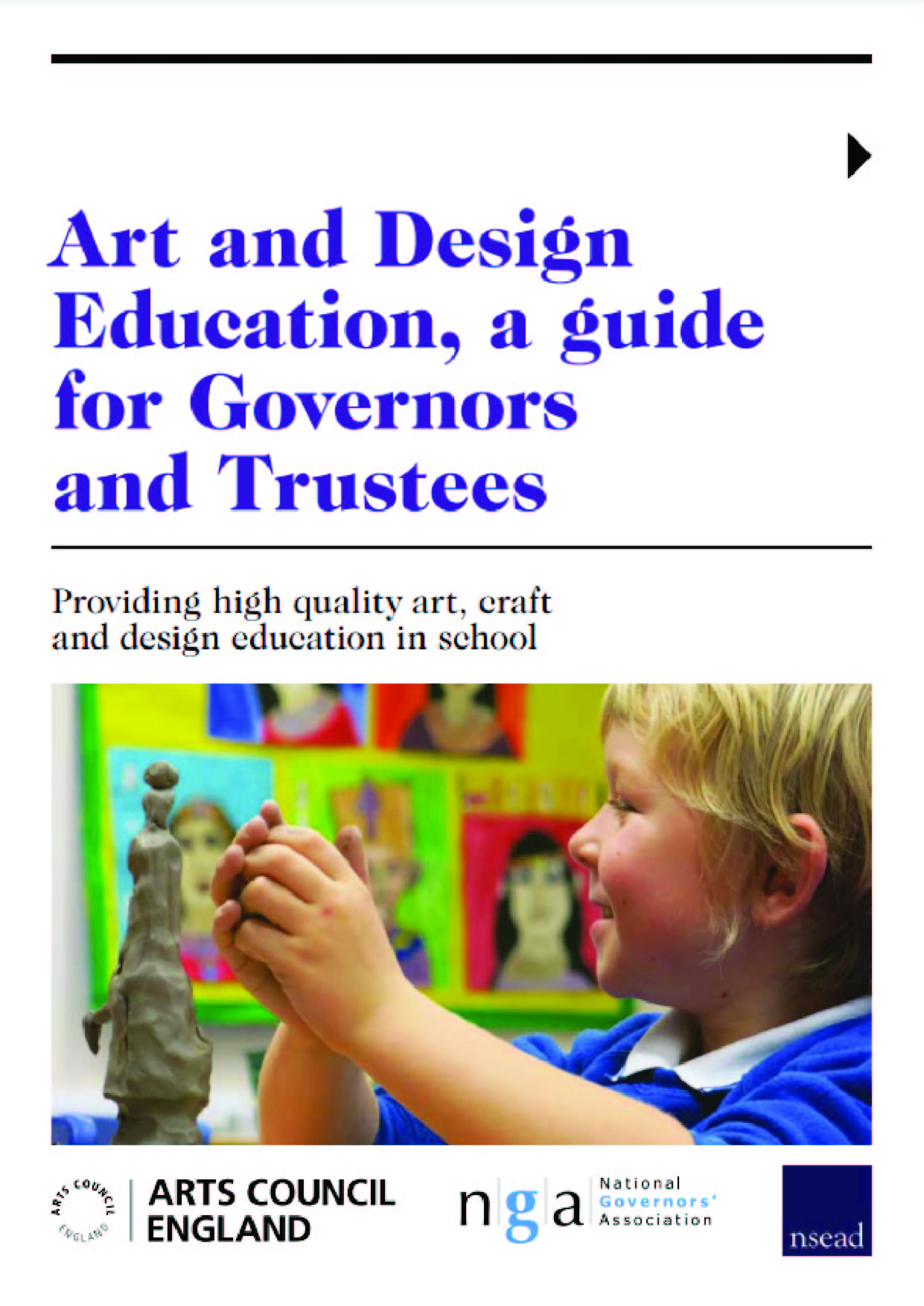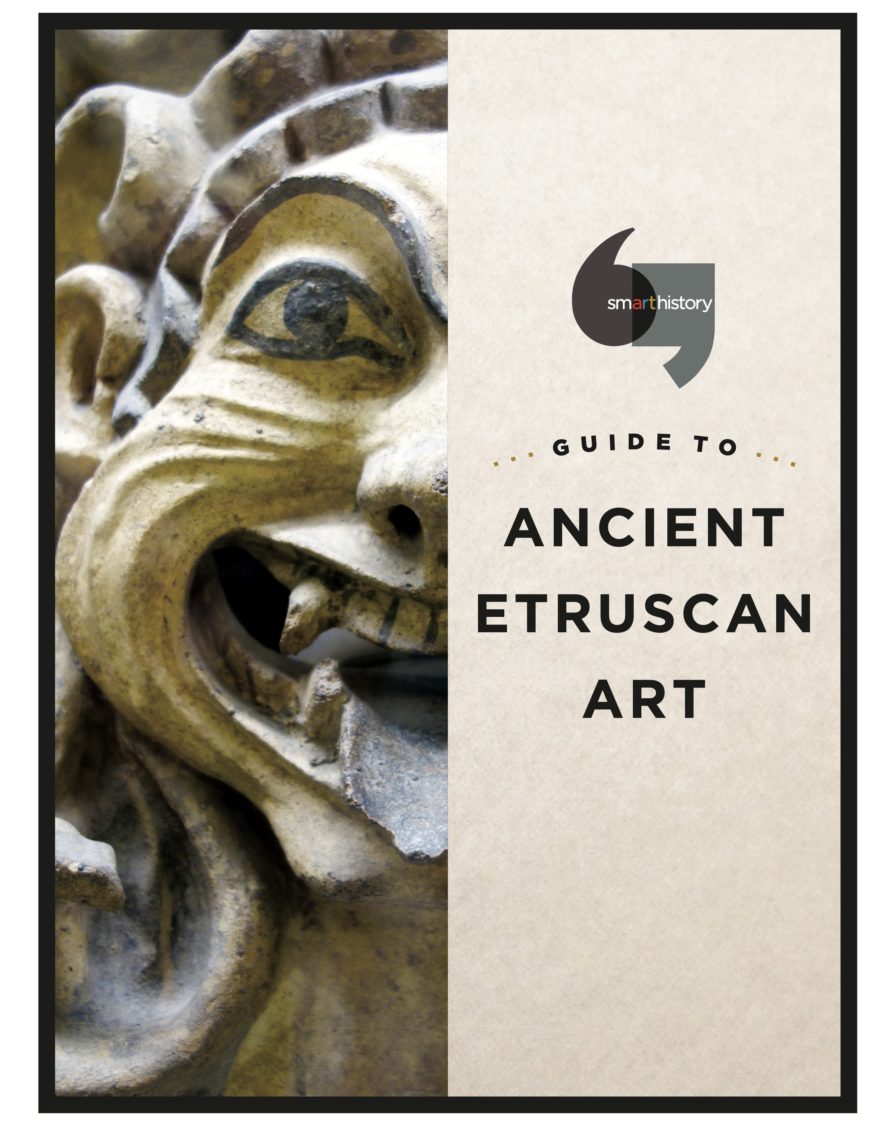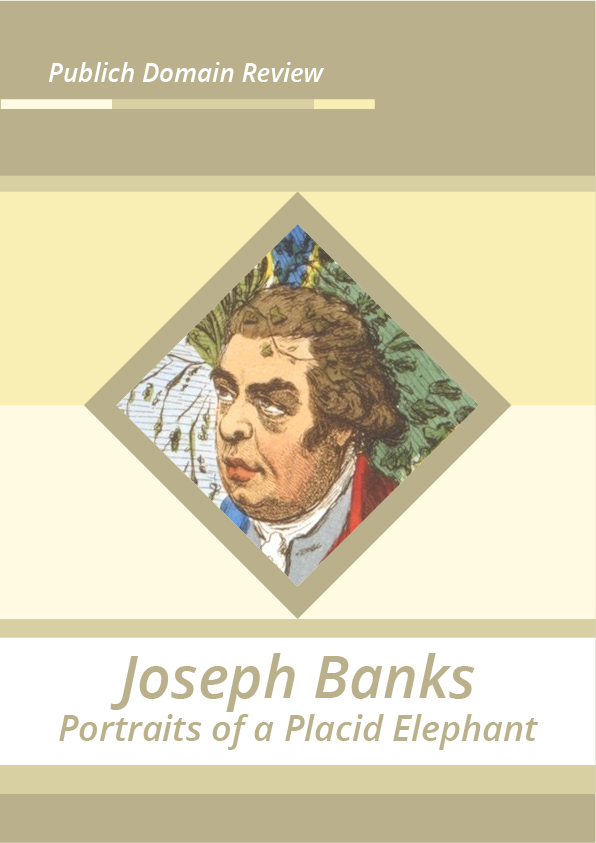Ancient Egypt, an introduction
Egypt’s impact on later cultures was immense. You could say that Egypt provided the building blocks for Greek and Roman culture, and, through them, incuenced all of the Western tradition. Today, Egyptian imagery, concepts, and perspectives are found everywhere; you will bnd them in architectural forms, on money, and in our day to day lives. Many cosmetic surgeons, for example, use the silhoue]e of ^een Nefertiti (whose name means “the beautiful one has come”) in their advertisements.
Longevity
Ancient Egyptian civilization lasted for more than 3000 years and showed an incredible amount of continuity at is more than 15 times the age of the United States, and consider how oen our culture shifts; less than 10 years ago, there was no Facebook, Twitter, or Youtube. While today we consider the Greco-Roman period to be in the distant past, it should be noted that Cleopatra VII’s reign (which ended in 30 B.C.E.) is closer to our own time than it was to that of the construction of the pyramids of Giza. It took humans nearly 4000 years to build something–anything–taller than the Great Pyramids. Contrast that span to the modern era; we get excited when a record lasts longer than a decade.
Consistency and stability
Egypt’s stability is in stark contrast to the Ancient Near East of the same period, which endured an overlapping series of cultures and upheavals with amazing regularity. _e earliest royal monuments, such as the Narmer Pale]e carved around 3100 B.C.E., display identical royal costumes and poses as those seen on later rulers, even Ptolemaic kings on their temples 3000 years later.
A vast amount of Egyptian imagery, especially royal imagery that was governed by decorum (a sense of what was ‘appropriate’), remained stupefyingly consistent throughout its history. This is why, especially to the untrained eye, their art appears extremely static—and in terms of symbols, gestures, and the way the body is rendered, it was. It was intentional. _e Egyptians were aware of their consistency, which they viewed as stability, divine balance, and clear evidence of the correctness of their culture.
